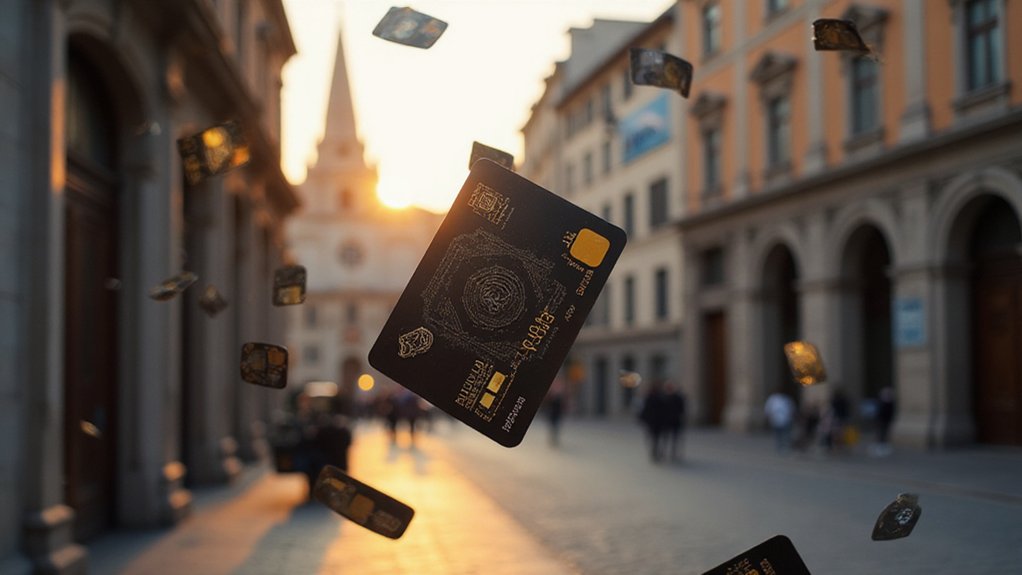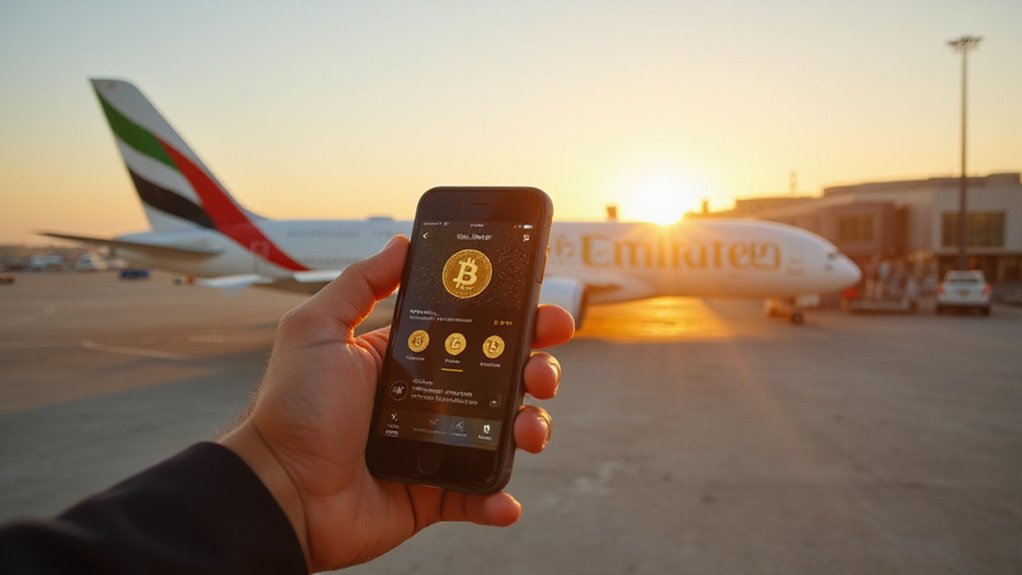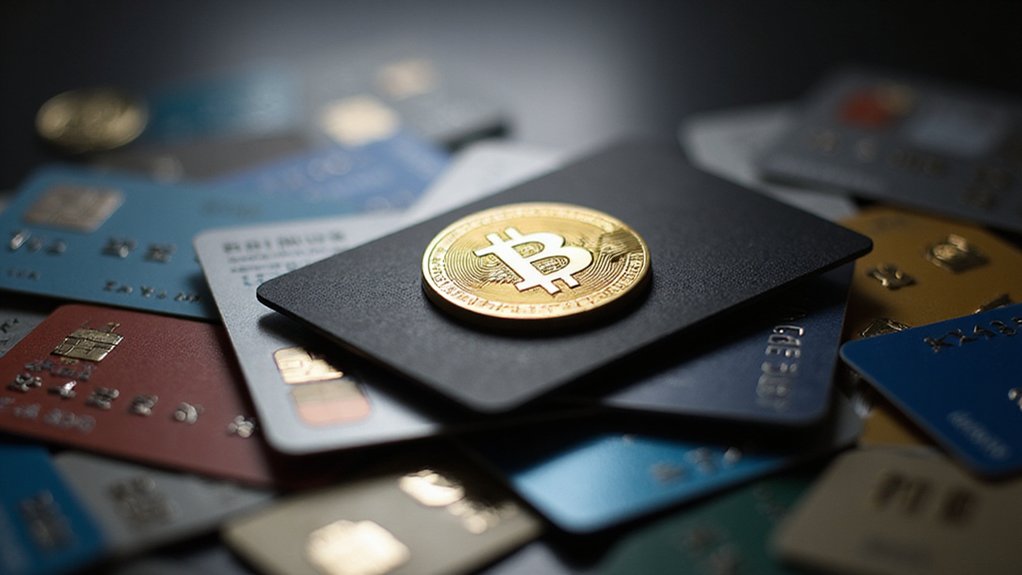The convergence of traditional finance and cryptocurrency has produced countless ambitious platforms promising to revolutionize payments, though most have delivered little more than repackaged banking services with blockchain buzzwords sprinkled on top. Krak’s approach, however, suggests a more substantive departure from the usual fintech theater—one that actually leverages blockchain’s fundamental advantages rather than merely appropriating its terminology.
The platform’s core proposition centers on eliminating the friction inherent in cross-border payments, a problem that has persisted despite decades of technological advancement (and billions in venture capital). By enabling instant transfers to over 160 countries while supporting more than 300 different assets—from traditional fiat currencies to stablecoins and cryptocurrencies—Krak addresses the fragmentation that has long plagued international finance. Blockchain’s decentralized nature offers the secure and transparent infrastructure needed to make these complex multi-asset transactions viable at scale.
The introduction of “Kraktags,” personalized identifiers that replace the Byzantine system of bank account numbers and wallet addresses, represents a particularly elegant solution to user experience challenges that have hindered mainstream crypto adoption.
What distinguishes Krak from the usual suspects is its integration of real-time settlement capabilities built directly on blockchain infrastructure. While traditional banking systems continue to rely on batch processing and intermediary networks that can delay transfers for days, Krak’s blockchain foundation enables transactions to settle within seconds. This stark contrast becomes even more apparent when considering that traditional banks still operate on software from the 1970s, creating systemic inefficiencies that affect millions of users daily.
This isn’t merely a marginal improvement—it’s a fundamental restructuring of how value moves across borders, eliminating the correspondent banking relationships that add both cost and complexity to international transfers.
The platform’s yield generation features further blur the lines between saving and transacting, offering up to 4.1% APR on USDG stablecoin holdings and rewards reaching 10% on various digital assets. These returns, available without lock-in periods or subscription fees, create continuous incentives for users to maintain balances within the ecosystem—a clever approach to liquidity management that benefits both platform and user. The platform’s commitment to transparency extends to its fee structure, ensuring there are no hidden fees that might surprise users during transactions.
Krak’s roadmap includes traditional financial services like debit cards and consumer lending, suggesting an ambition to rebuild rather than merely supplement existing financial infrastructure.
Whether this extensive vision can navigate regulatory complexities while maintaining its blockchain-native advantages remains the ultimate test of its revolutionary potential.









